How Often Should You Water a Cactus? Factors, Types, Signs, & FAQ
-
Pete Ortiz
- Last updated:
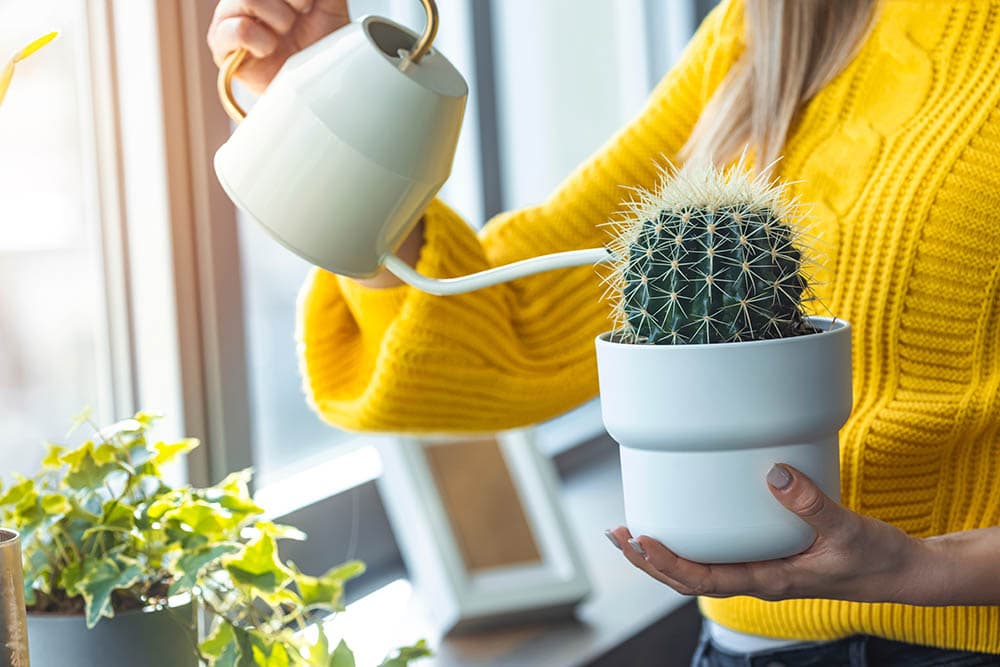
Cacti are sturdy plants that require little to no care to thrive. According to research, the cactus plant is among the list of most popular houseplants this year. There is a calming feeling that comes with growing a cactus plant in your home and workspace, and researchers have backed this up by discovering a 12% increase in the productivity level of people who share a space with the cactus plant.
The watering process is a significant challenge for most homeowners growing the cactus plant. A lot of plants have been destroyed due to the wrong watering pattern. Both inadequate and excessive watering will lead to the destruction of a plant, so it is important to get the watering process right.
Here, we will discuss everything related to the watering of the cactus plant. We will understand when, how, the best type of water to use, and the right frequency of watering.
Factors to Consider Before Watering a Cactus Plant
Temperature and Humidity
The cactus plant is known to thrive in dry regions. Therefore, the plant has a higher ability to retain moisture and should not be watered as often as other plants.
In very humid weather conditions, the temperature is usually cooler, and the water can last longer in the roots of the plant. Conversely, the temperature is higher in hotter weather, and water tends to dry out more often. Therefore, when the weather is cold, the cactus plant should be watered less frequently than in hot weather.
Soil Type
Cactus thrives better in sandy, dry soil. If this is the soil in use, then you should increase the frequency of watering the plant as the water will tend to dry out faster. However, if wet, clay soil is used in planting, the plant should be watered less often since the soil has a high retaining capacity.
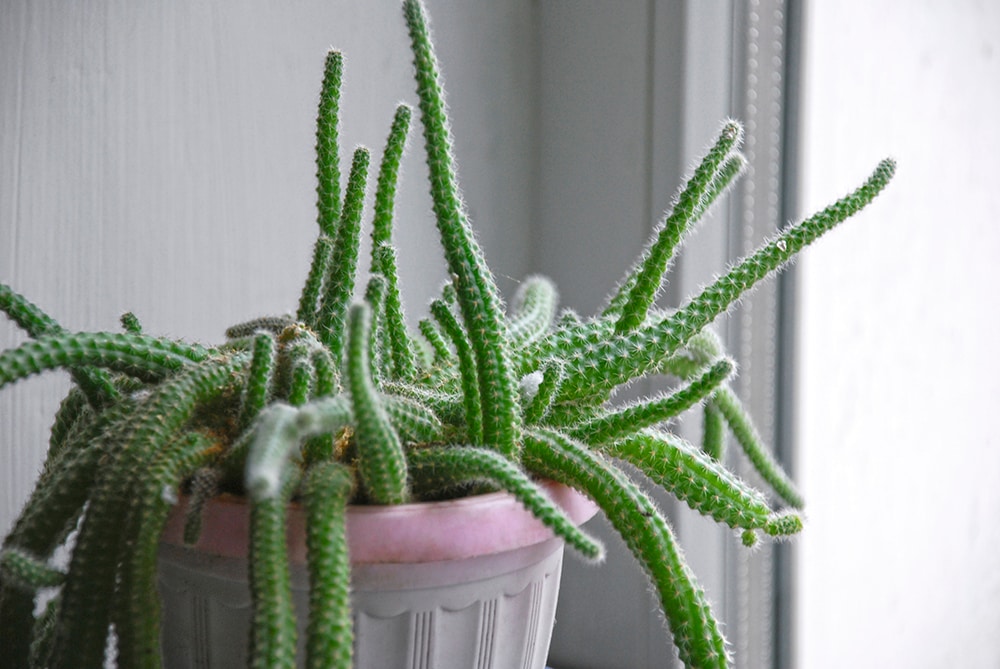
Pot Size and Type
A smaller pot will use up the water in it faster, while a bigger one will take more time to get the water to all areas of the roots, thereby making the water intake process slower. Therefore, the cacti in a smaller pot should be watered less frequently than one in a bigger container.
Also, the ceramic and terracotta pot types are made from clay and can drain water easily, while plastic and fiberglass pots do not drain water quickly. Therefore, cacti plants in the latter pots will need to be watered less often.
Location of the Plant
The cactus plant that is placed outdoors will receive more sunlight than one that is placed indoors. Therefore, the plants outside or in a location with more sunlight access will dry up faster and should be watered more often.
The Particular Cactus Species
There are several species of the cactus plant. They differ in size and watering needs. Some species can fare well with almost no water, while others require more frequent watering. Also, the smaller-sized cactus plant will require less watering than the larger size.
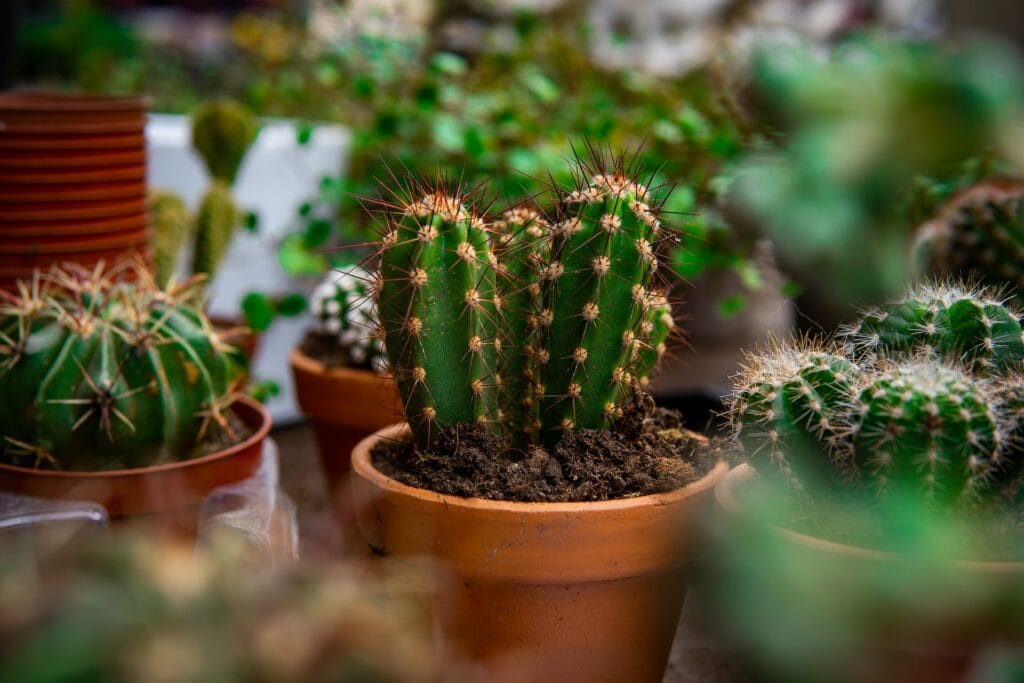
When to Water the Cactus Plant
There are almost 2,000 species of the cactus plant, each with unique requirements. However, there are general rules guiding the watering process of all cactus plants. Here are some of the best times to water your cactus:
- In the mornings: Watering the cacti in the morning will give the water ample time to get to the roots.
- During the growing season: When the cactus is still growing, it requires more watering. However, when it is fully grown, it should only be watered when the soil is dry.
- When the soil is 90% dry: You can feel the topsoil with your fingers to know when it is dry or use a moisture probe if available.
How Often Should a Cactus Plant be Watered?
A cactus plant has no fixed watering plan. Several conditions affect the frequency of watering. For instance, a young and growing cactus plant will need to be watered at least once every 10 days. An older, dormant cactus can be watered at least once every 4–6 weeks.
Another way to know that your cactus plant needs watering is to check the soil for dryness. Once you notice that the soil is dry or the cactus starts to look deprived, then it might require fresh watering. On the other hand, if you think that the cactus is overwatered, then you should reduce the frequency of watering the plant.
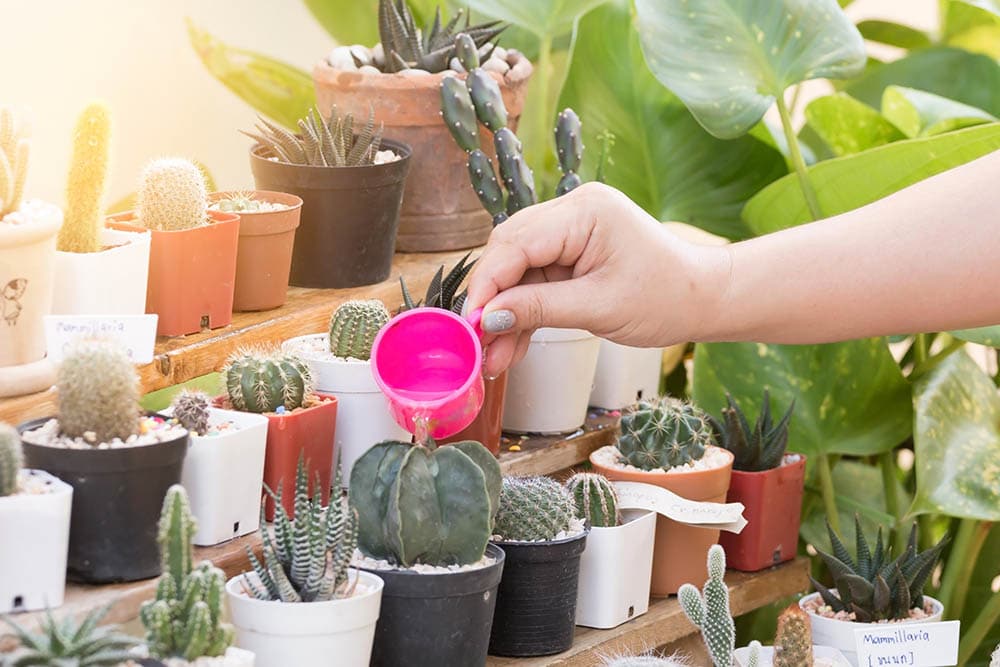
How to Identify an Underwatered Cactus
When a cactus has been deprived of water, it starts to display some obvious signs.
- It looks pale and discolored. A normal cactus has a rich green color, so when it starts to look lighter or almost yellow or brown, then it is either a sign of deprivation of water or too much sun.
- The leaves of the cactus start to wither.
- The pot becomes lighter to carry.
How to Know an Overwatered Cactus
- The cactus starts turning deep brown and, in some cases, black.
- The cactus appears rotted.
- The plant starts feeling mushy. When pressed slightly, it might begin to leak liquid.
You might be unable to save an overwatered cactus, so it is best to pay proper attention to the root of your plant.
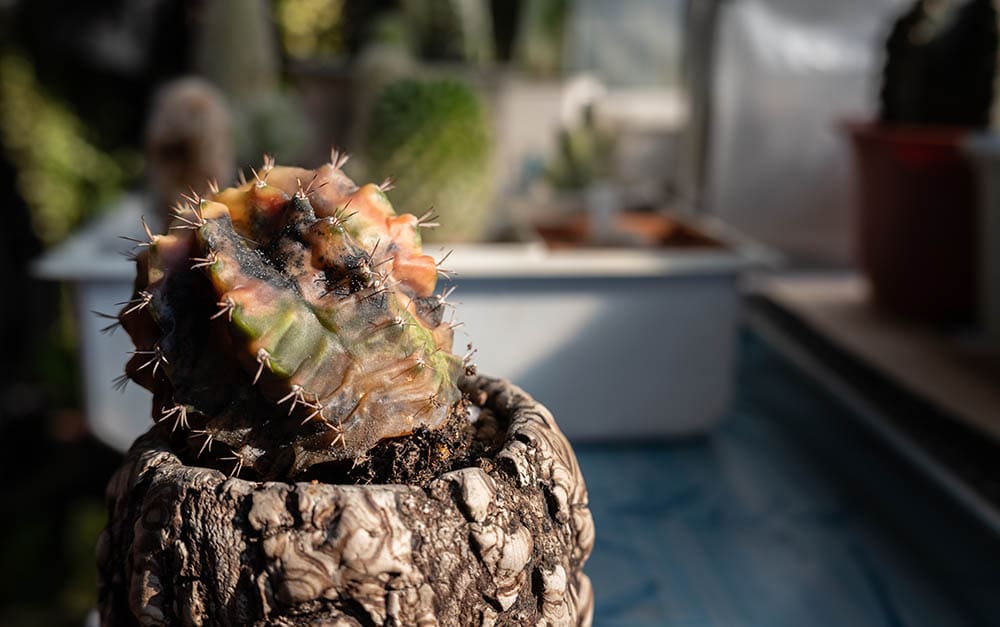
Remember that the water used in watering the cactus also plays an essential role. Here are the types of water and how it can affect your cactus;
1. Soft water
Water is soft when minerals like calcium and magnesium have been removed from it. This water type is treated with sodium, and if the level of sodium is high, it can lead to buildups in the soil that destroy the cacti.
2. Hard water
This water has calcium and magnesium in it, and these minerals can cause buildups and leave marks. It is a good idea to re-pot a cactus plant that has been watered with hard water after about 4 days.
3. Rainwater
Rainwater is the most preferred water type for watering the cactus because it has all the minerals in the right amount. Most homeowners store rainwater since it is not always available.
Final Thoughts
Watering your cacti is important for healthy growth. By studying the various factors affecting the watering of the cactus plant, you will be able to make the right decisions and cultivate healthy cacti.
Featured Image Credit: Dragana Gordic, Shutterstock
Contents


